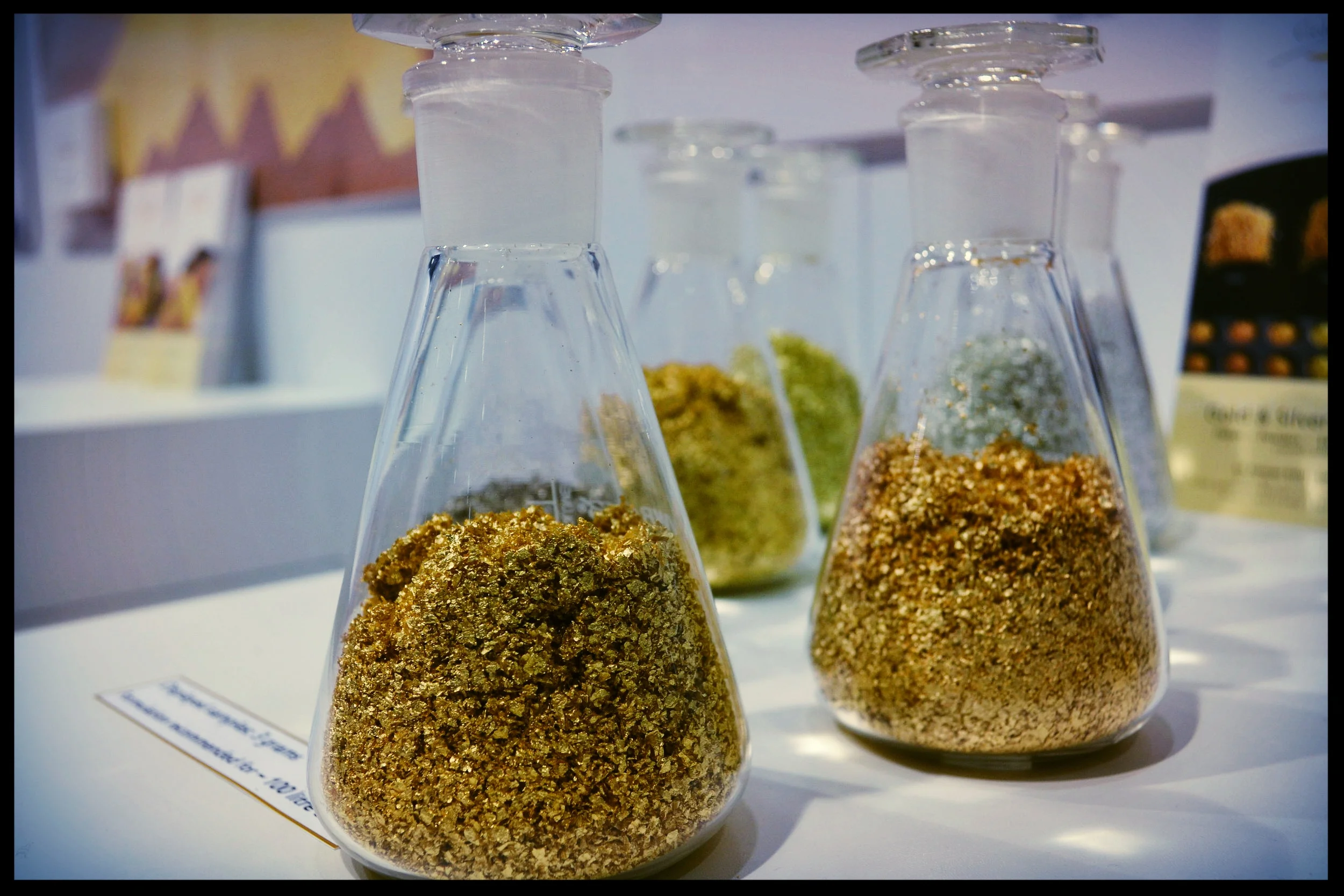Building A Career Path in Beauty & Wellness 1/2021
/Often, I am asked the question - "How did you become a product developer?" I don't have a simple response to this question because the path to developing a career can have many twists and turns.
As fate would have it, a serendipitous moment earlier this year enabled me to provide a bit more insight to this question.
I responded to a post on LinkedIn from Lesley Jane Seymour. It was a call out to interview women who reinvented their careers later in life. Since it was #2020, and a year of opportunity (sarcasm here!), I replied to the post. I never imagined I would be selected to be interviewed, but I was! Lesley offered me the opportunity to tell a high-level story about my career in product development in a podcast interview. The 30 minute podcast can be found here CoveyClub I'm interview #98
The short video slides below comprise selected excerpts from that interview. I hope they inspire you and remind you that the path to success is seldom linear.
Reminder: Carve out time for yourself to reflect on what's behind you, to celebrate what you've accomplished, and to look forward to what you want to conquer in your career. And – feel free to reach out to us for your product development and marketing needs.
The Beginning: A Beauty Career Launch
Starting my career involved learning product development from the ground up with industry experts from R&D, dermatology, perfumery, chemistry, microbiology and marketing. With an esthetic and cosmetology license in-hand, I went on to earn a BS in marketing from the Fashion Institute of Technology.
Pressing through Personal Struggles & Reinvention
As my path in the corporate world progressed in beauty product development, I dealt with the aftermath of losing both of my parents within four months of each other, struggling with infertility for 14 years, and starting a new business. I was fortunate to have a few close women friends that walked the unseen journey out with me. I am grateful for their continued support.
BeautyEdge's Evolution
After 15 years, BeautyEdge is still growing. Our services have grown and I’ve grown, and with that we’re moving further into the world of Wellness.
What's to Come for BeautyEdge
We are excited to announce Digital Wellness classes coming to BeautyEdge in 2021! These courses provide practical tools to ensure you and your team stay focused and flourish digitally. Workshop topics will include team productivity online, deterring distractions, enhancing focus/deep work, ergonomics for WFH, mental wellness and physical health.
Sign Up to Learn More About Digital Wellness Classes From BeautyEdge
For a more intensive certified course in Digital Wellness taught by The Digital Wellness Institute - Use this code BEAUTYEDGE to receive 10% off ($150 value) for the certified course from The Digital Wellness Institute










